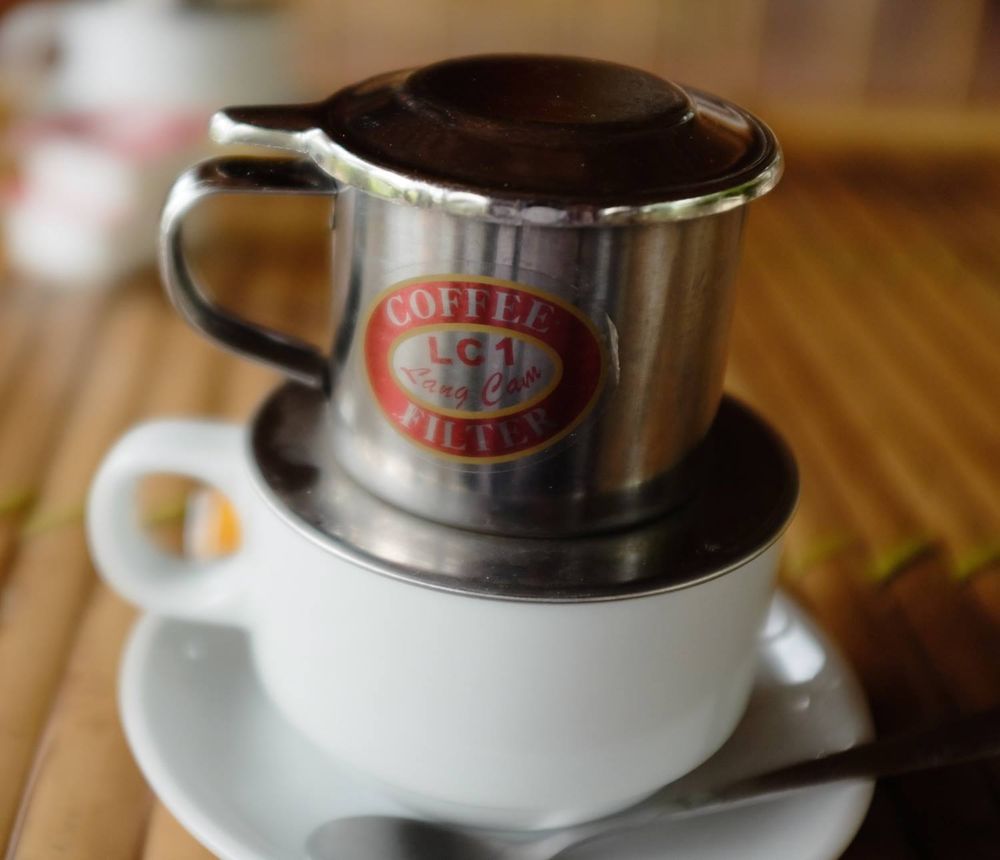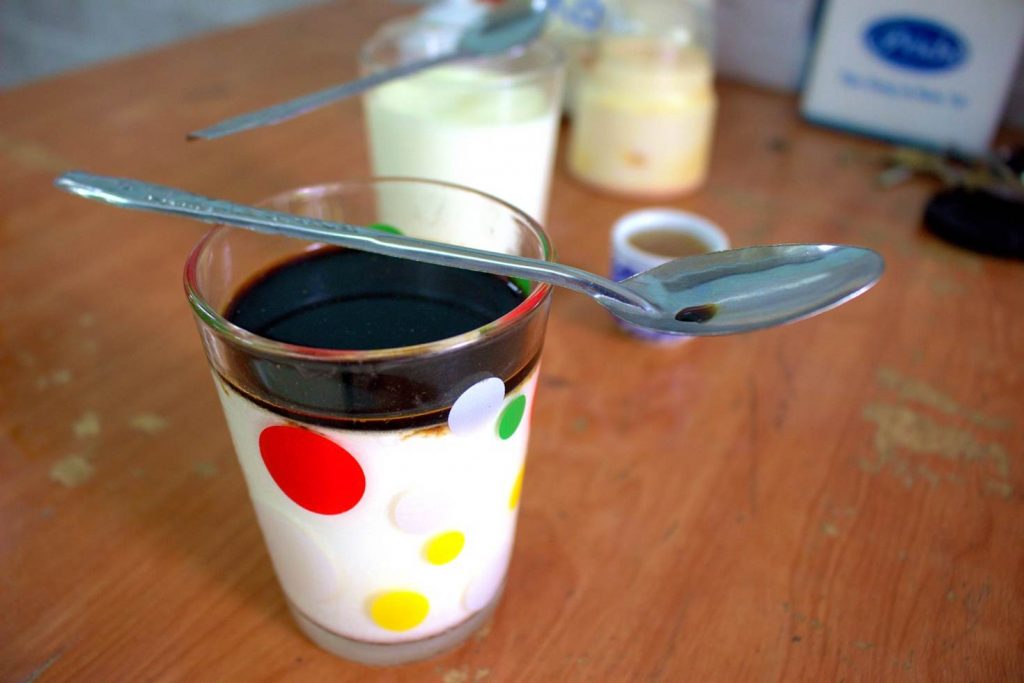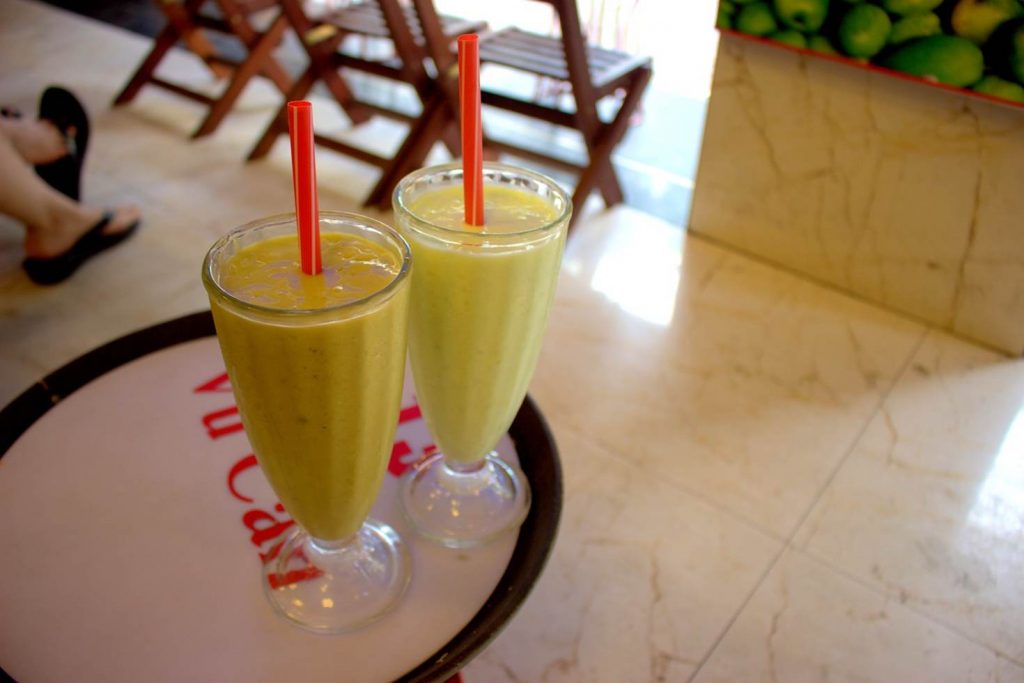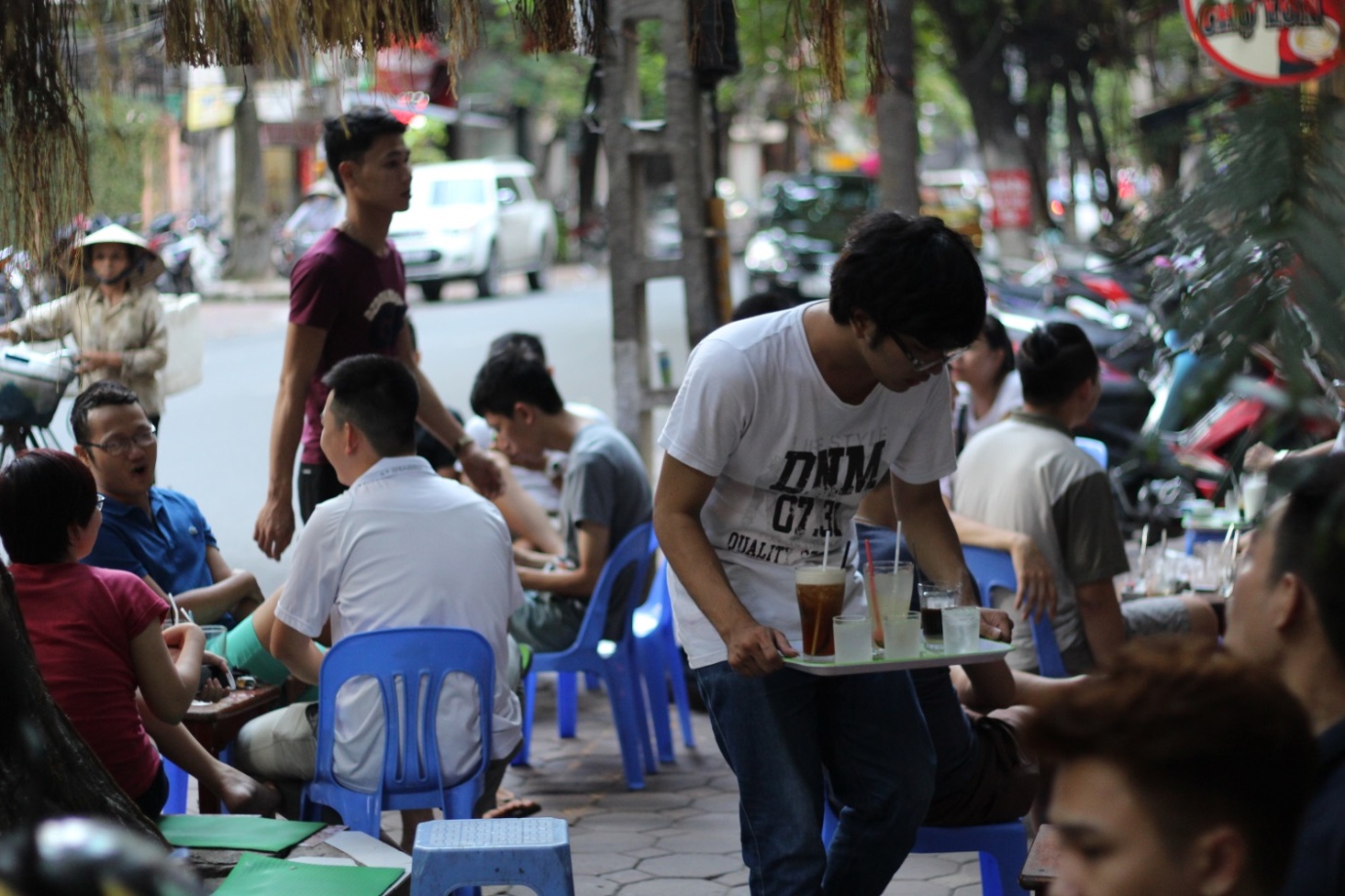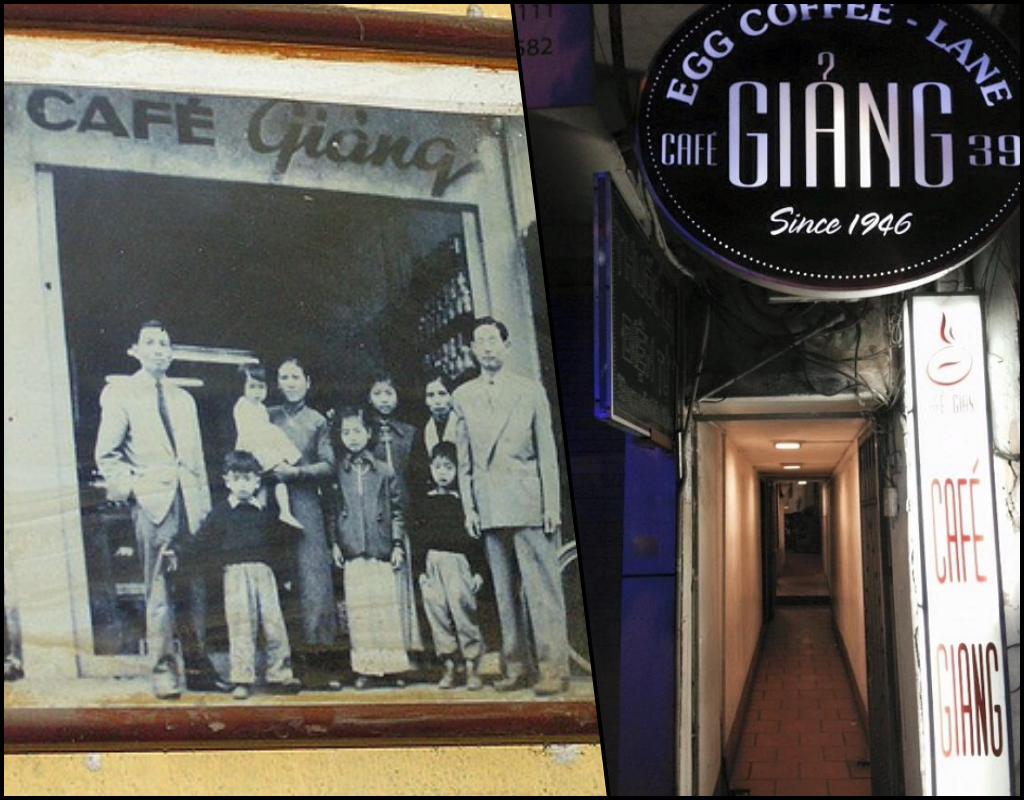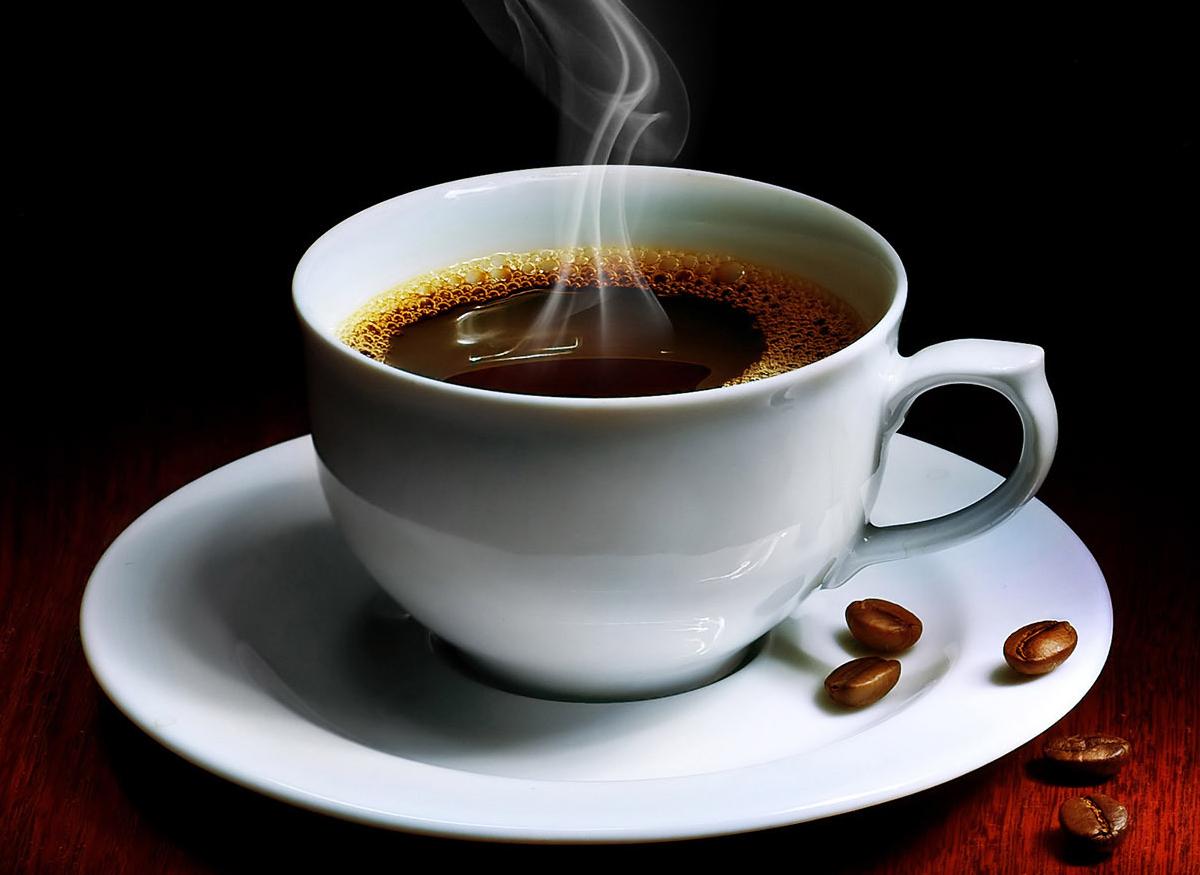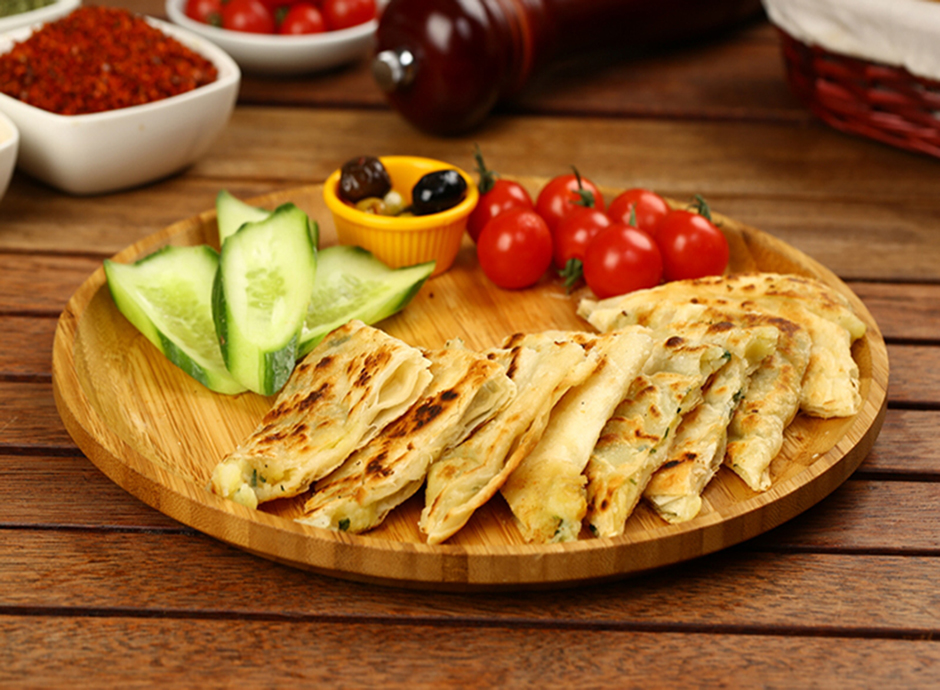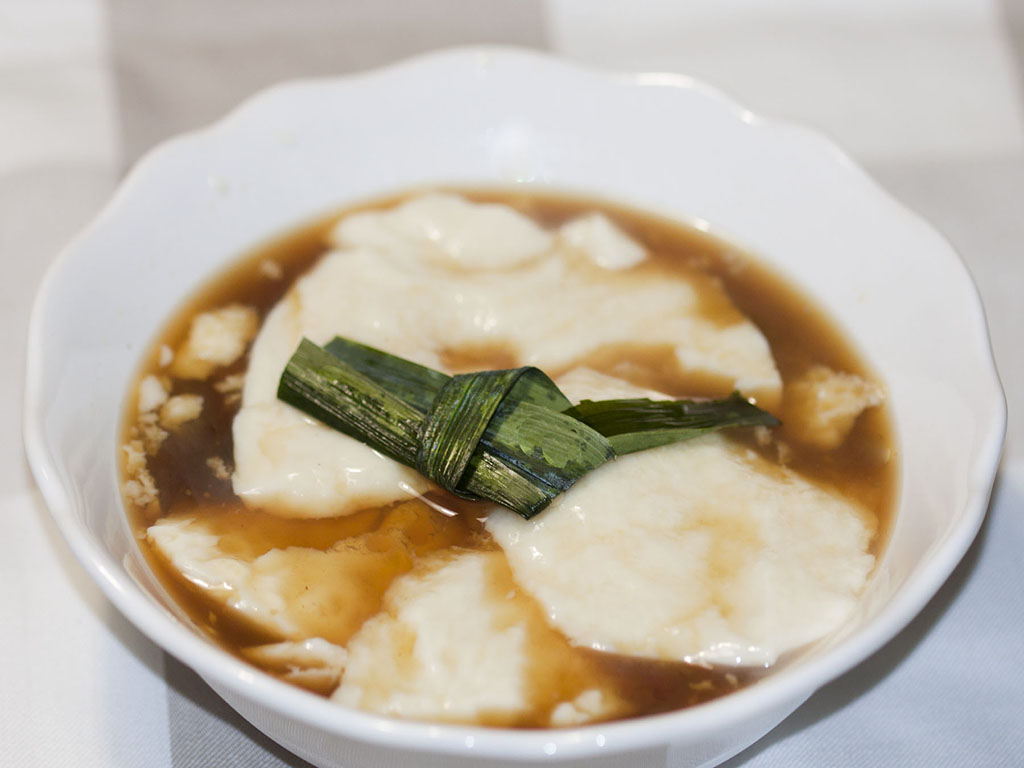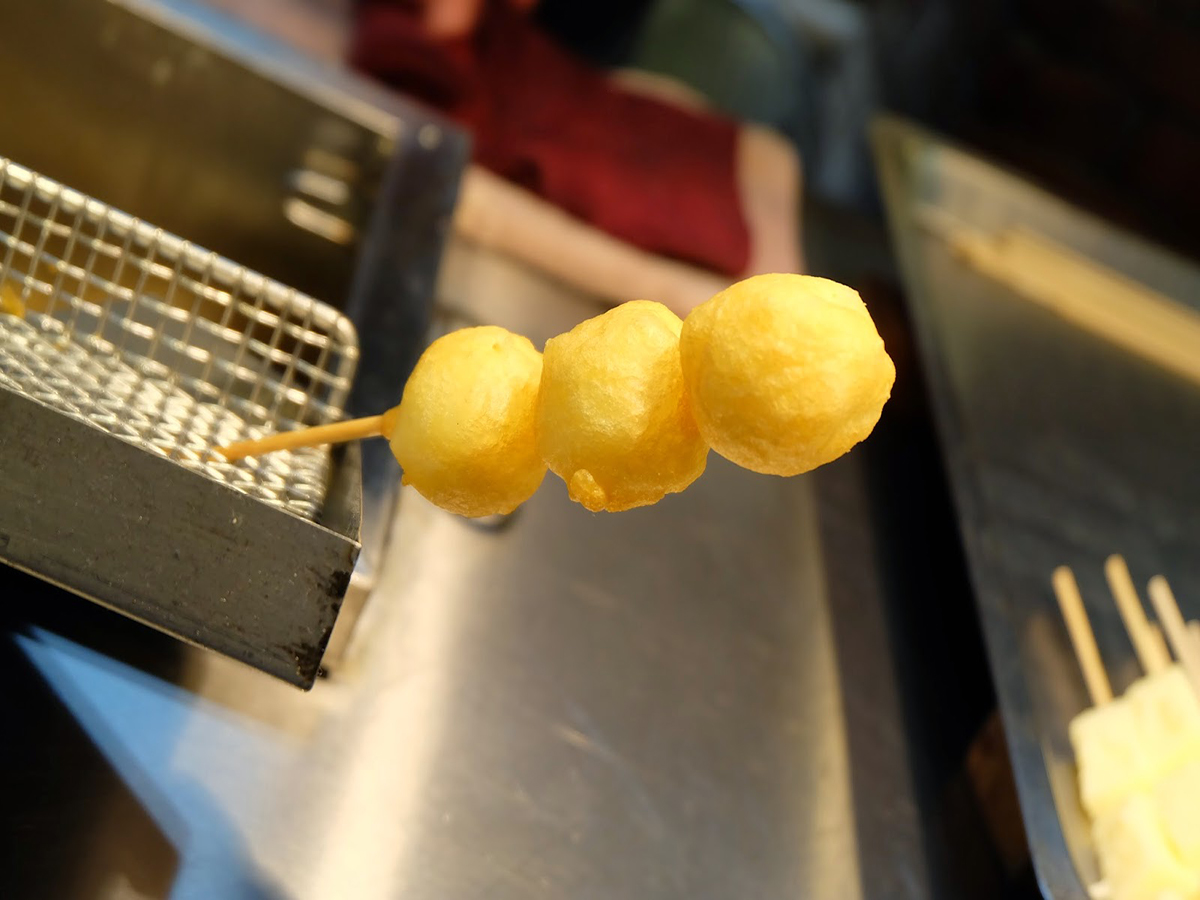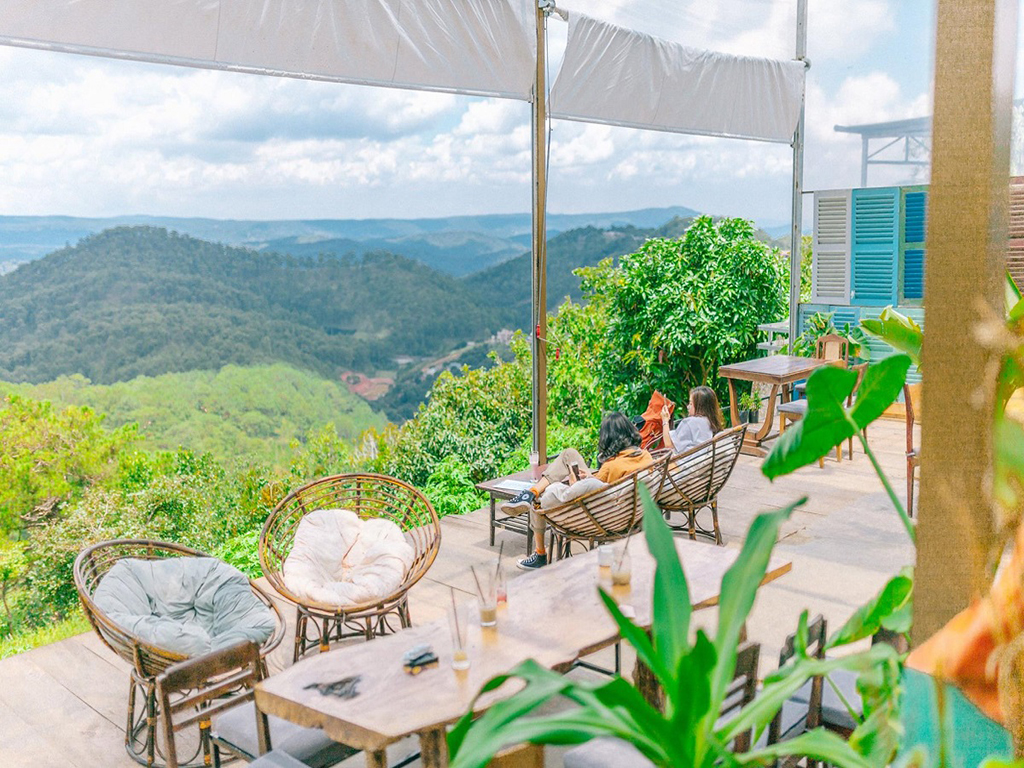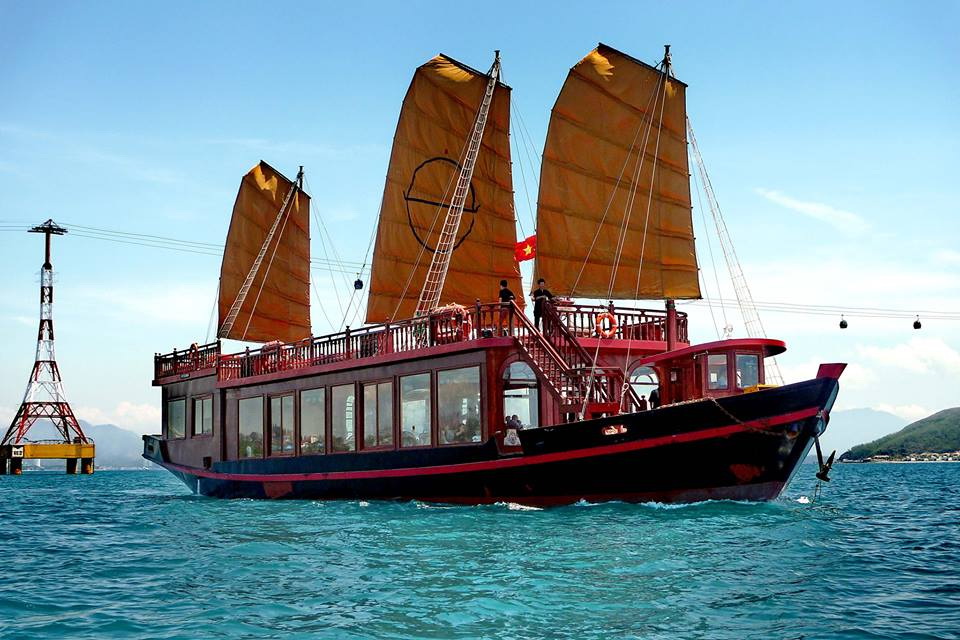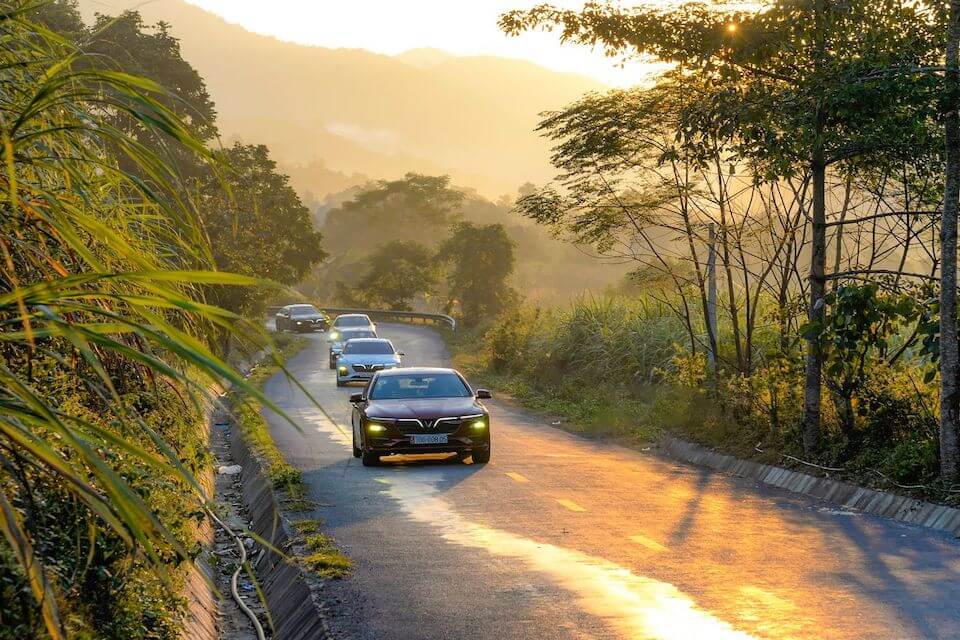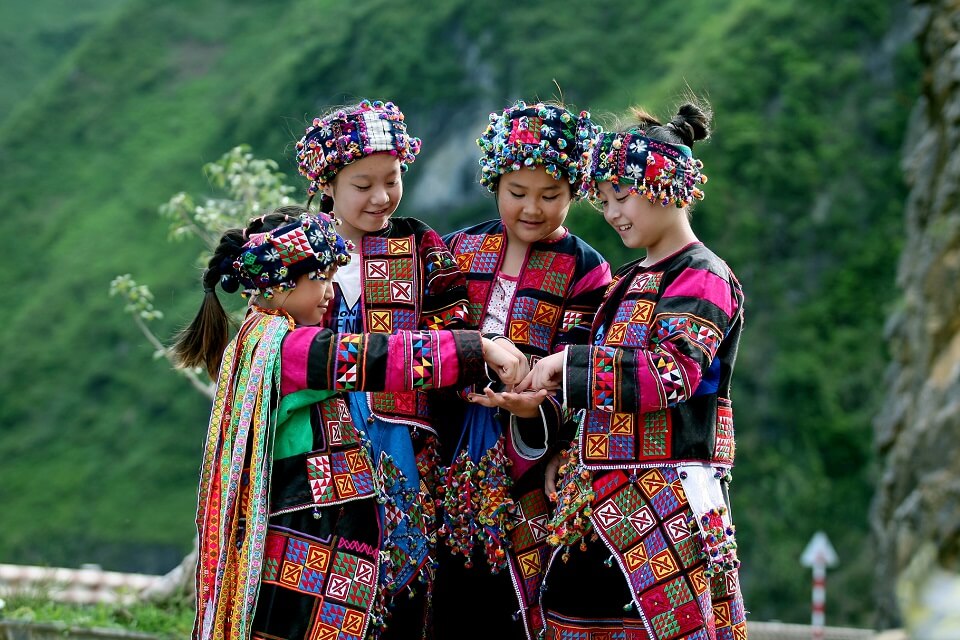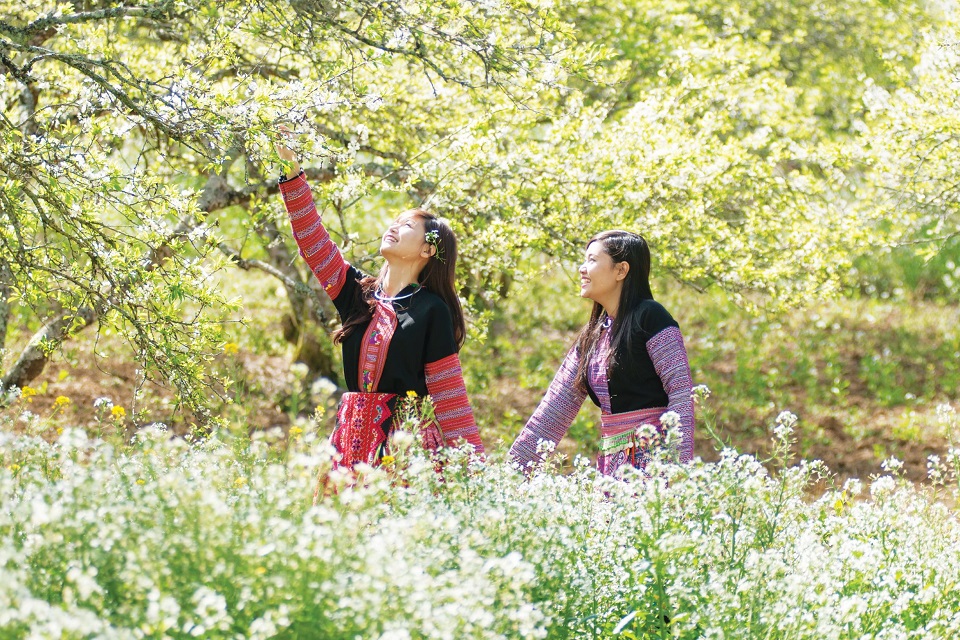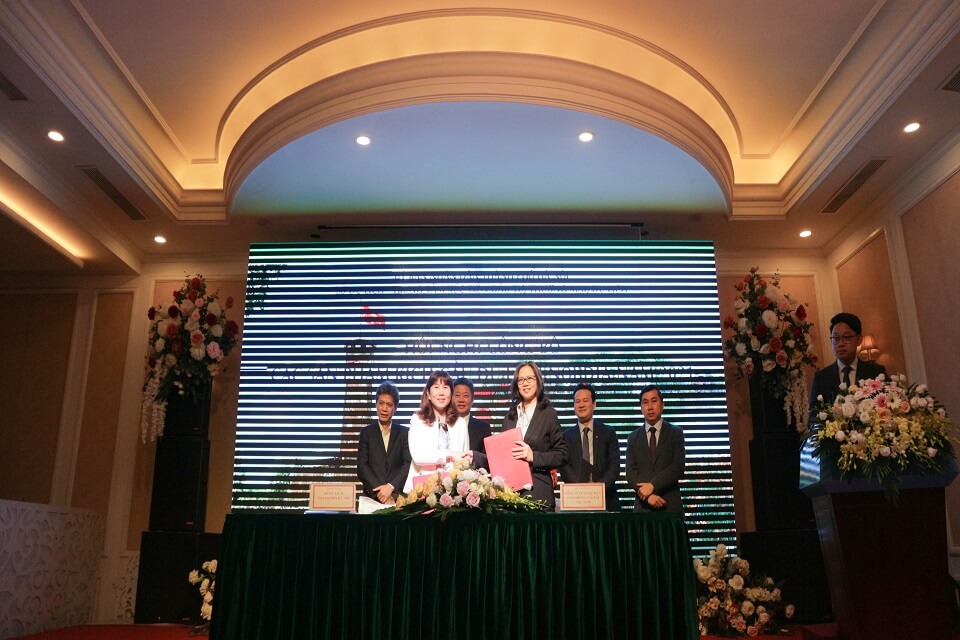A guide to Vietnamese coffee
Strong and flavourful Vietnamese coffee makes converts as quickly as it raises pulses.
Same but different
Yoghurt coffee (sua chua ca phe)
Egg coffee (ca phe trung) Egg yolk whipped with condensed milk into an airy froth meets dark coffee in this rich concoction: think of it as a Vietnamese take on tiramisu. Egg coffee first made the scene in the 1940s, when milk was scarce and egg yolks provided a convenient replacement.
Coffee smoothie (sinh to ca phe)
Where to drink
Hanoi remains the undisputed centre of cafe culture in Vietnam. While modern-style coffee shops have grown in popularity, traditional sidewalk cafes still fill up from morning to night with drinkers of all ages, who linger for hours over a single glass. However, you can find quality coffee all over Vietnam. In Ho Chi Minh City, coffee is usually served in taller glasses and is slightly cheaper.
For the experience: Trieu Viet Vuong
For dessert: Cafe Giang
Drink like a local
Milky way Don’t even try to ask for decaf. If you prefer your coffee mild, do as the Vietnamese do and order ca phe bac xiu, coffee with lots of extra condensed milk.
Sweet spot As condensed milk is sweetened, there is no white coffee without sugar. True coffee connoisseurs should opt for ca phe den (black coffee). A touch of sugar will bring out the complex flavours, just as it does with dark chocolate. However, if you want to ensure that your drink isn’t too sweet, ask for it duong (less sugar).
Avoid hunger Cafes in Vietnam don’t typically serve food. Some newer cafes do offer quick eats, but you’re better off following the local custom of eating first and then heading to a cafe to relax. In a pinch, you can always nibble on hat huong duong (sunflower seeds).
Source Lonelyplanet

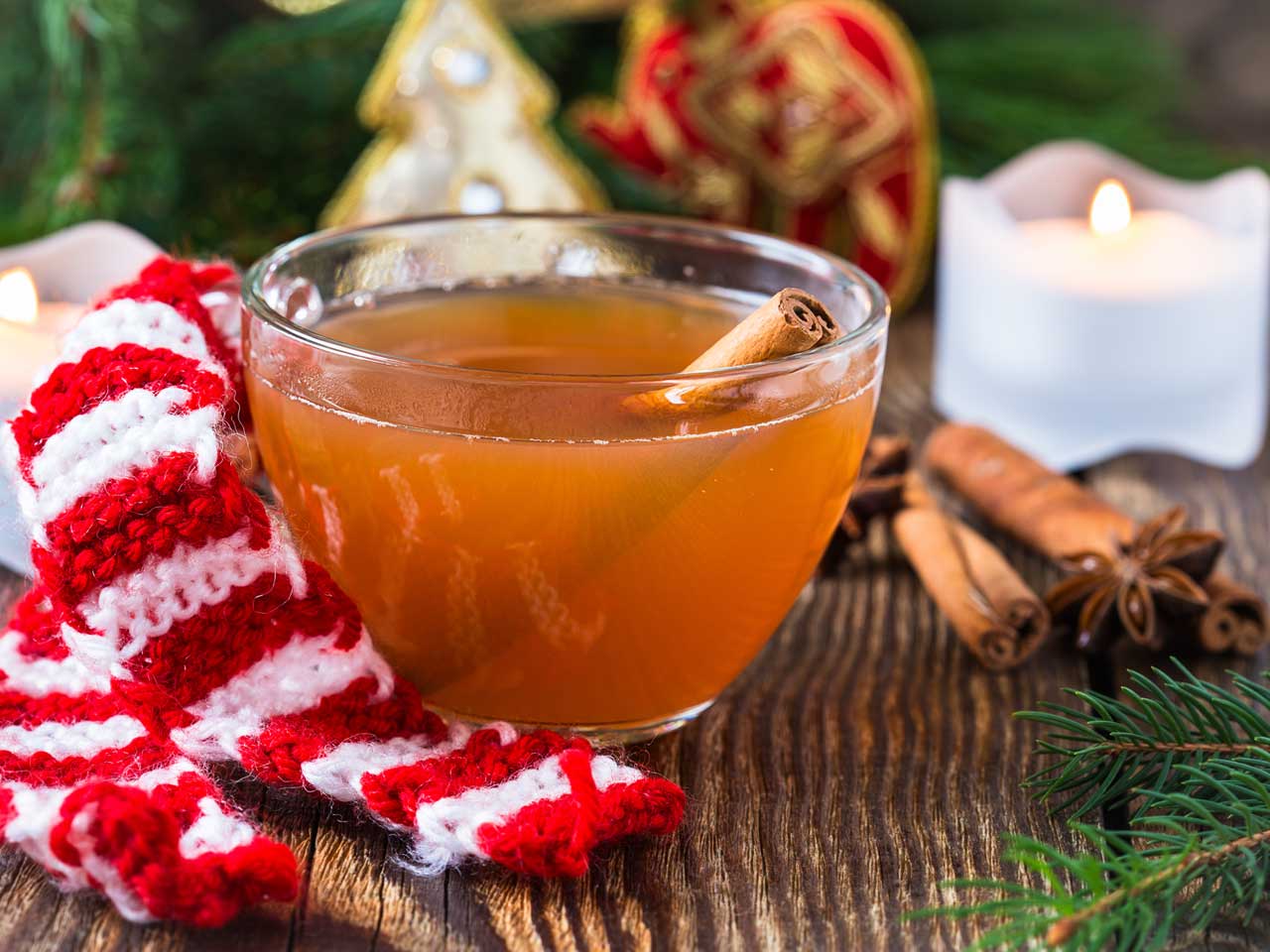
The best Christmas drinks from around the world
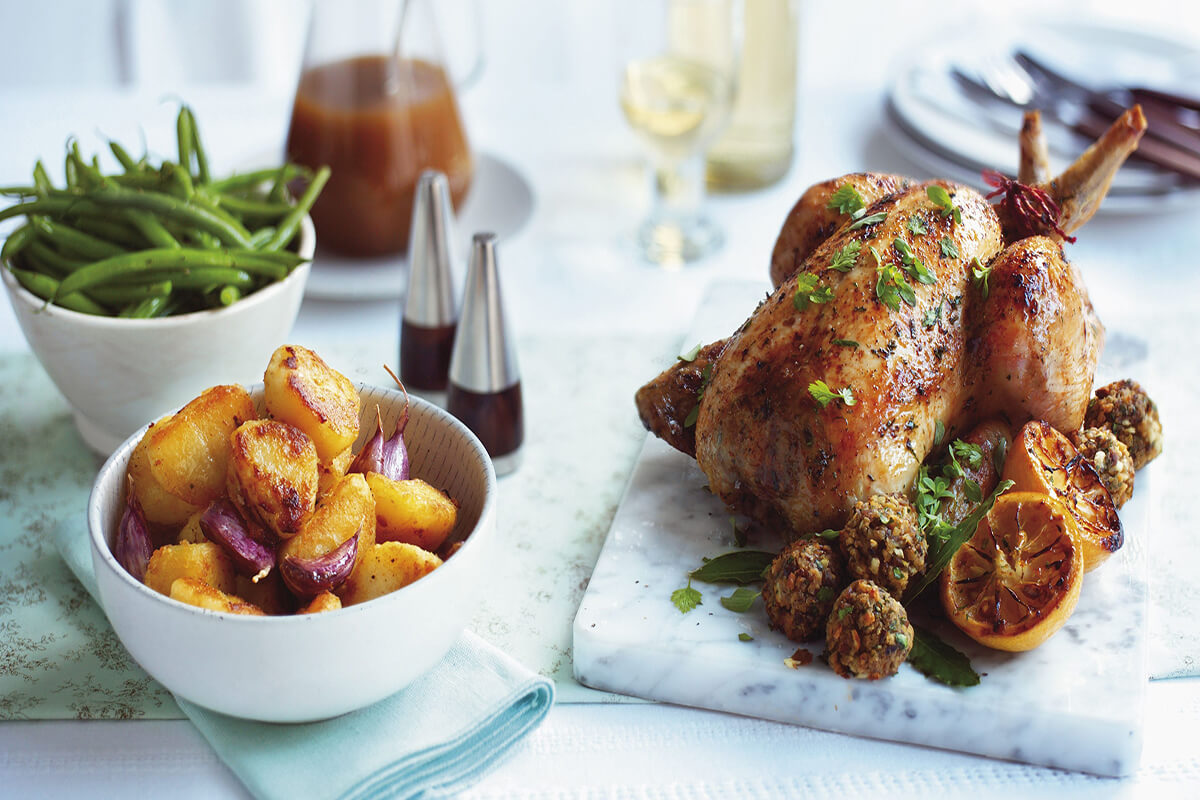
Traditional Christmas dishes from around the world
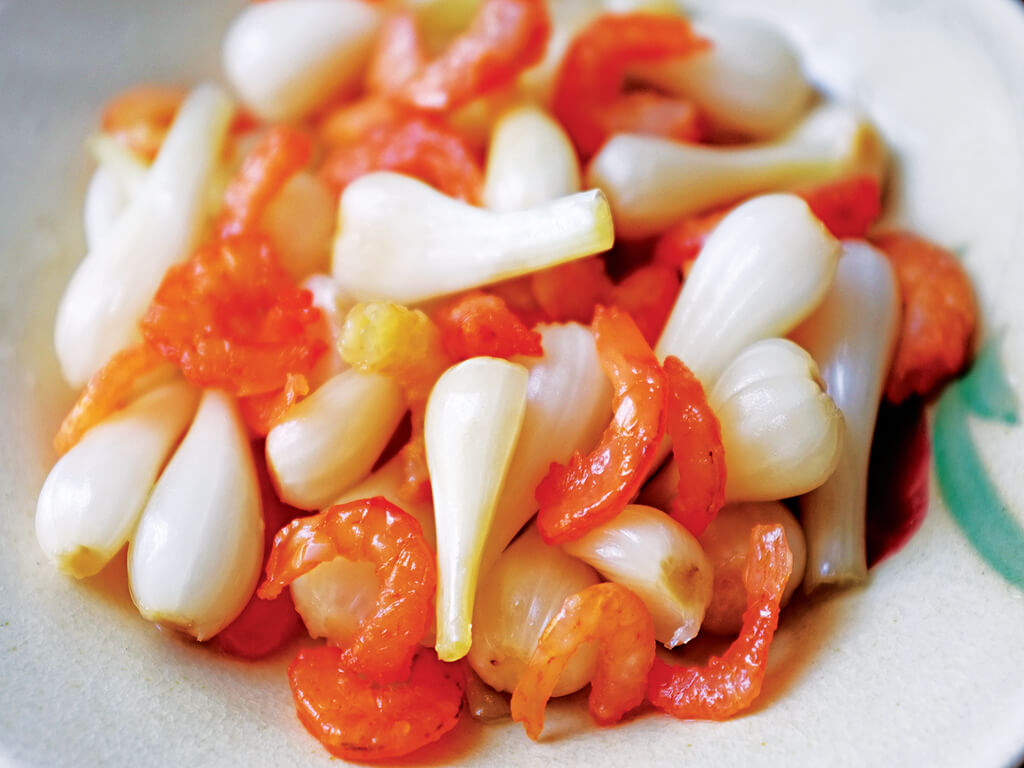
10 traditional Vietnamese Tết Dishes
The best restaurants in Chiang Mai
Chiang Mai is famous for the good Northern Thai cuisine that is different from what you see in Bangk ...
Top five foods to try in Turkey
Turkish food can be found in most major cities and has become an increasingly popular type of cuisin ...
Dining in paradise: The Maldives' finest tables
Set in the impossibly turquoise blue waters of the Indian Ocean, the islands of the Maldives have be ...
10 best desserts to try in Hong Kong
Desserts are serious business in Hong Kong – so much so that there are shops devoted entirely to des ...
7 foods to eat in Shilin Night Market, Taiwan
Taiwan is known for its street foods and snacks, definitely the one of the favourite stops of foodie ...
Where to drink in Da Lat
Da Lat does not offer the same buzzing drinking and nightlife opportunities as a metropolis like Sai ...







